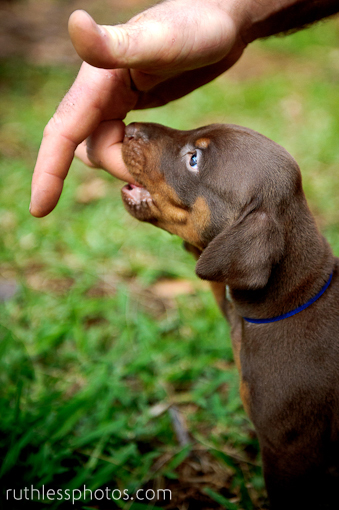The Week in Tweets (5th May)
As many of my regular readers know, I weekly (ish) present my Twitter links for your appreciation. This week, I’d like to introduce something new with a “Tweet of the Week” – that is, the favourite link I tweeted which I highly recommend that you have a read of. I hope this helps those of you who are time poor to have one good read a week. Of course, I recommend all my links! But I will try to pick out a favourite each week now.
Tweet of the Week
The Kick-Me Sign, a post by Nicole Wilde on her blog Wilde About Dogs.
It was actually very difficult to choose a favourite tweet, but I selected Nicole’s because its actually changed the way I talk about dogs. Working in boarding kennels, I often saw dogs that were, as Nicole puts it, sporting a ‘Kick Me Sign’ – that is, regardless of circumstances, these dogs got picked on! I’m glad to see that someone else has noticed this phenomena. I have started calling these dogs ‘Kick-Me Dogs’ and, when I’ve used this term, other people have instantly got what I’ve been talking about! Though this article is interesting in itself, it actually got awarded the ‘Tweet of the Week’ for its long reaching consequences on my vocabulary.
Now onto the other tweets! Continue reading

